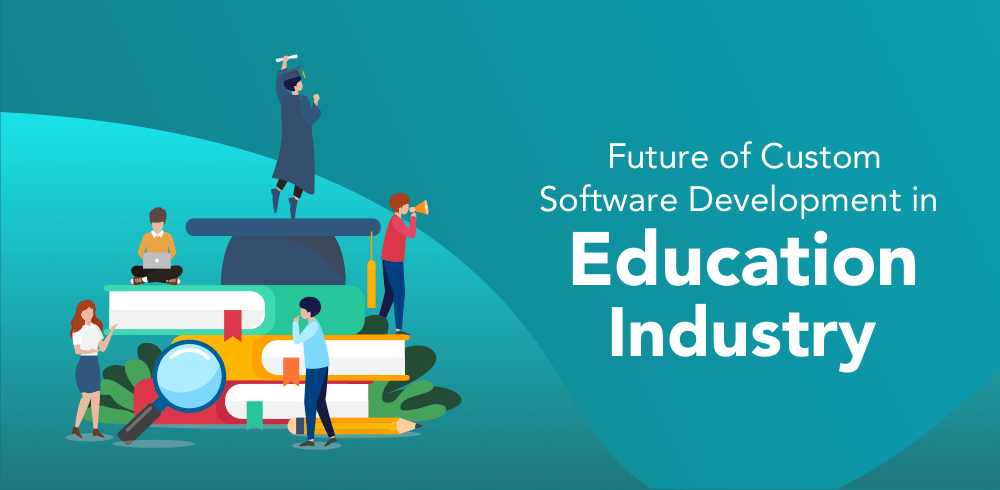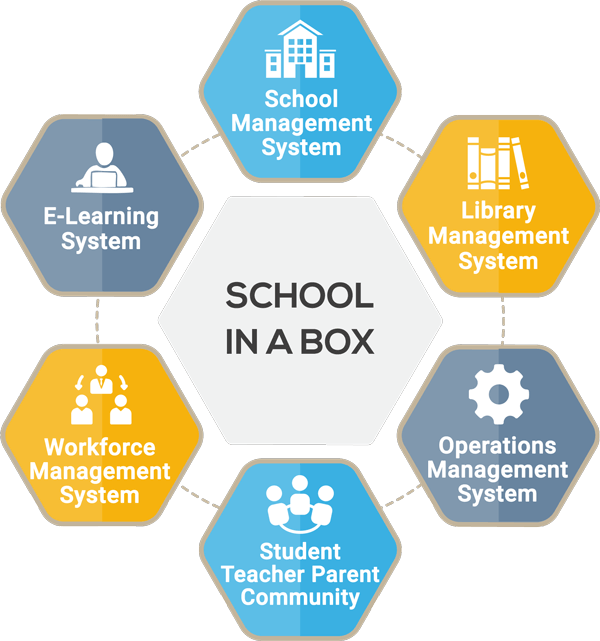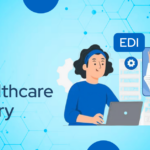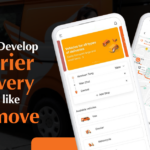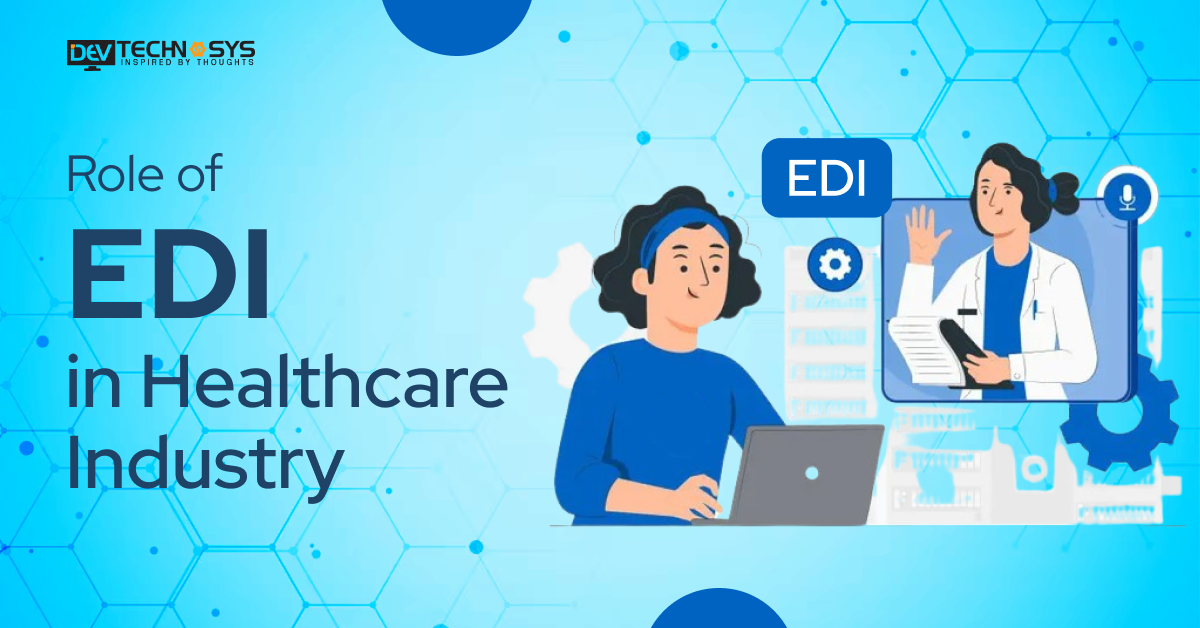The education sector is one of the most difficult segments to implement innovations. The overall method of education does not change whether you teach online or offline. To succeed in this field, you must still follow certain standard guidelines. However, this observation doesn’t mean that investments in this area are useless.
Custom software development in education has been a huge part of this industry. If anything, now with time, educational app development companies are also depending on the system model for growth.
Mobile applications, software, and web applications have a huge role to play when it comes to them. However, the main reason for such advancement, the cloud, has been a big reason for industries to adapt to it. The custom development with the cloud has managed to change the overall process.
Table of Contents
Role of Software Development in Education Industry
Modern Software Development for education plays a tremendous role in the evolution of the education sector of the modern world. The claim is simple: we already see an educational software revolution today. But, above all, we can credit the innovation for providing a vast set of novel learning platforms.
For example, sites such as Coursera give many courses to people who want to discover something novel about the world. It’s possible to learn anything, including Biology, Mathematics, and Programming.
Another important aspect is the promotion of strong tools for tracking students’ progress in the modern world. Using novel platforms, it’s possible to, for example, offer the students an opportunity to get unique feedback about their everyday learning activities.
In short, the technologies in question give many advantages for the evolution of the education sector, making it much more convenient and accessible.
5 Key Advantages of Educational Software
Custom software development in education has many positive aspects that modern technology offers. These are the benefits of modern software:
1. Quick Resolution of Administrative Issues
A good tracking program can help improve the management of average work in such an organization. This task may not require two people, so hiring one person might be enough.
2. Learning in New Environments
We don’t believe educational software can revolutionize education. However, it brings about an element of evolution. Instead of creating a complicated and cumbersome board game to demonstrate economic principles, you can simply switch to a custom computer solution or best education apps which will help learning interesting.
3. Greater Geographical Coverage
With educational technology, you can reach people around the world. Zoom platforms allow you to collaborate with people on different continents at once. Educational software today eliminates borders.
4. Better Control Over Students
Every teacher knows that managing student attendance and scores can be confusing. This problem is solved once and for all with software development in education. It also allows you to automate almost all tasks. You can now focus on teaching and not bureaucratic tasks.
5. Higher Student Engagement
Many students today prefer to use technology to help them with their studies. They are addicted to YouTube and TikTok. To get them to be interested in interactive content, it is important to provide something interactive with the top educational mobile apps for students.
It’s all about giving interactive tools to those who depend on them for their everyday learning. These technologies are the perfect way to grab young people’s attention.
The Future of Custom Software Development in Education
Education is an essential part of human life. Technology has been involved in improving the quality of education for many years. Since its inception, education has seen significant changes. The digital transformation of education has been dramatic, from educational platforms to social media networks, culminating in learning.
Despite this, online education platforms were highly promoted during the recent pandemic. EdTech was a lifesaver when the pandemic spread around the world. It gained 600% more users during COVID-19’s initial phases.
Noting significant technological trends can help redefine education in 2021, and beyond, is important. COVID-19’s current 200 percent increase over COVID-19 makes it even more crucial. However, education-based technology platforms have allowed for an increase in demand for software solutions for education testing.
Future plans call for intensive innovation-fostering action as software developers worldwide shift to IoT and AI to meet educational goals. In the near future, businesses can see the major benefits of IoT in the education industry. More significantly, all of these trends are geared toward engagement, creative learning, and connection, as well as enhanced cooperation.
Major Upcoming Technological Trends in Education
Here are the major upcoming trends that will be beneficial for the custom software development in education industry.
1. Interactive Learning Through Gamification
The intense business of learning and education has not remained the same. It’s now considered a method that should be engaging and enjoyable with the integration of AI in gaming. Gamification is a gaming feature that enhances the learning experience. It can be used by students and anyone else who is involved in the learning process.
It is usually divided into two types: content and structural. Each approach has its advantages, but both are best when used in the right way. These two types of gaming offer the greatest benefits: the ability to enjoy both learning and playing games simultaneously.
Gamified learning allows adults to have more fun and learn in a social setting. This involves creating a society that encourages positive behavior patterns and learning about different learning platforms and methods. You can also use games to practice and evaluate your skills as a young learner.
Gamification also offers something unique and valuable for individuals who have low expectations about the education sector. To get the best market response, however, you will need the most reputable software development companies and a team of top software testing service providers.
2. Getting Big Data into the Workspace
Each student needs to be educated in a way that is most effective for them. 100 students may try to learn the same subject but in different ways. Big data may allow schools to provide a personalized learning experience.
Big data can be used for improving and analyzing education systems by incorporating more information from students and incorporating it in the analysis. Automating this process is much easier than manual.
Big data allows personalized learning, and empowers the process through large volumes of data. Performance graphs can be used to determine the most effective teaching methods. They show how students perform under different test conditions.
The information could also be used by educational institutions to identify potential drops or falls in each strategy. This data can be used to assess students’ mental health and help you create the best instruction. These data can be used to evaluate mobile educational apps to ensure that every product on the market is user-friendly.
3. E-learning for the Future
The desire to learn distance has grown over time, particularly after the COVID-19 pandemic. This trend is even faster. Students and business people are turning increasingly to mobile learning platforms or collaboration platforms for a better way of living.
It is one of the reasons why elearning has grown so rapidly in recent years. The global e-learning market is expected to reach $336.98 million by 2026. E-learning can enhance academic performance, interaction, and learning outcomes.
E-learning can also help students have more open discussions because it’s easier to communicate with other people via the internet. This will have huge benefits for mobile apps in education sector. You can also work with your peers to create content such as visuals and exams. The Edtech industry is currently expected to exceed $1 trillion by 2027. This will allow for e-learning to revolutionize learning, education, collaboration, and interaction.
4. VR-based and AR-based Learning
Although traditional education has been successful for many years, modern technologies have completely changed the landscape. As people use education mobile apps for schools more quickly, learning has become interactive.
Virtual and augmented reality technologies have become very popular in the EdTech industry, making it easier for instructors to make their lessons more engaging. This experiment involves learning more fun. Augmented reality and virtual reality could be used to immerse learners into a learning environment.
This could encourage students to engage with complex subjects like physics, mathematics, and chemistry. These technologies are able to understand general concepts and provide a practical approach to learning.
5. AI in Education
Artificial intelligence, the technology of tomorrow, is already dominating every sector. Artificial intelligence can be used to provide easy and pleasant learning. AI can be used in learning management systems to aid individuals. Students can access AI-based technology to get help to clarify instructions, evaluate their performance, and take online tests based on their abilities.
AI technology can also manage additional activities automatically, which allows instructors to concentrate on teaching and interaction. It can also analyze the performance of individuals and assess students’ learning patterns.
Additionally, AI-based Chatbots can be used by instructors to achieve established or anticipated goals. It makes it easier for individuals to learn about their schedules, answer frequent questions, complete routine tasks, and make it simpler for them to do so.
6. Mobility Solutions
The eCommerce industry is seeing an exponential rise in smartphone apps. But, it’s also affecting how school administrators design the education experience. People expect learning to be fun and easy. Microlearning is a method of consuming knowledge in small chunks. Duolingo is an excellent example.
By taking short lessons each day, you can learn a new language. It is easy to learn and can be done in a break or while you wait in line. This is not true, but the concepts can be used to create a more comprehensive research program. It is possible to study at your own pace and on your terms. You can also use a mobile app which makes it even more attractive.
Online education allows institutions to access analytics and gain insight into students’ learning patterns. This results in personalized study programs as well as curated content. This is more than a digital transition. It’s also an informal education system.
It is a significant shift in an industry that has been resistant to change for many years. You can now send and receive push notifications about classes, share notes, collaborate, and get recommendations on courses and degrees related to your interests.
Machine learning and AI are changing the face of the education industry. They also challenge the industry’s ability to adapt to the new world.
7. An Effective Learning Management System
Many educational institutions still use paper-based administrative processes. Paper is a costly and time-consuming resource due to the sheer volume and complexity of the data that the education system has to manage.
There is a huge difference in how people search for information on educational institutions and how they apply. Both can be done online, while the latter requires many trips and binders. It’s exciting to see people gluing paper to the wall to share information or create a timetable. However, it is not feasible and cannot be maintained over time.
Educational software developers use software development methodologies to build cloud-based systems that manage resources and operations management. This helps simplify internal processes. Because every business is unique, outsourcing custom software allows institutions the ability to create educational software solutions that meet their specific needs.
Institutions will be more flexible and adaptable, which will allow them to meet future demands. An effective digital management system can help educational institutions manage their schedules, assessments and grading, student information, collaboration, training and task management, enrollment, and other issues. If the sector can develop digital skills, it will be able to see a better future for its educational performance.
Conclusion
Educational software is the perfect tool for teachers and schools who want to be competitive. It won’t give your school or teacher a competitive edge. It’s still important to be familiar with the basics of theoretical methods.
Custom software development in education can help you manage and deliver e-learning in a revolutionary way. It facilitates personalized learning experiences, improved collaboration, communication and automated administrative processes based on sophisticated data analysis.
Even a slight advantage in the modern market can make a difference. It’s a great idea to hire professionals to help you develop educational services but you must ask the cost of custom software development. These professionals are skilled in using such software to deliver high-quality solutions.
FAQ
How much does it cost to develop an education mobile app?
The cost of developing an education app will be somewhere around $25000-$5000 depending on the complexity of the app and various factors.
How to hire a software developer for the project?
In order to hire a software developer to build robust education software, you need to follow the below steps:
- Determine the specific requirements and skills needed for the project.
- Create a clear job description and post it on relevant job boards.
- Review resumes and conduct initial interviews to narrow down candidates.
- Conduct technical interviews and assess their problem-solving skills.
- Check references and make an offer to the best candidate.
How much does software maintenance cost?
The software maintenance costs can vary widely depending on the size and complexity of the software, as well as the level of support and updates required. Generally, the cost can range from 15% to 50% of the initial development cost per year. However, it’s important to note that neglecting software maintenance can result in higher costs due to the need for more significant repairs or even a complete system overhaul.

